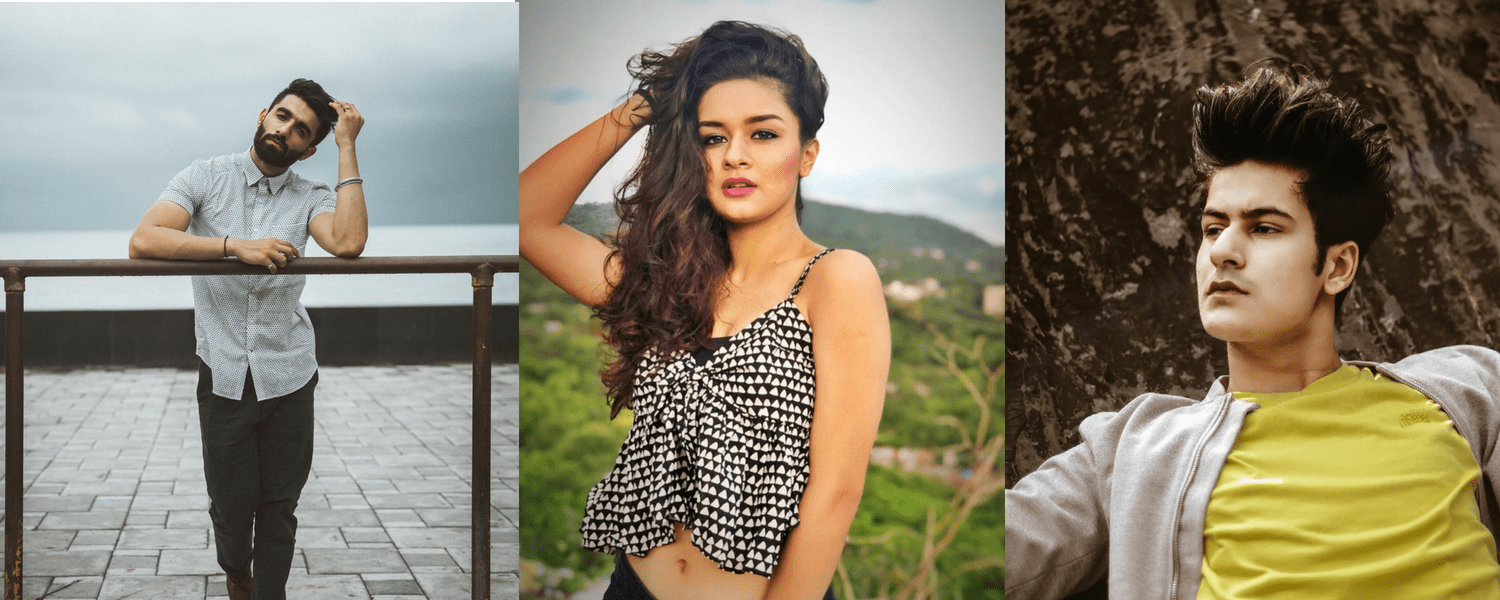

The reason tik-tok is so popular is because it has democratised creativity, writes Divya Bhatia
In the future, everyone will be world-famous for 15 minutes, said Andy Warhol. I’d say Warhol had a pretty good idea about the future, however, like most creative people he got the numbers a bit wrong.
Tik Tok, the world’s most downloaded app at the moment with over 200 million users allows people to share 15 second videos of themselves singing, dancing or lip syncing to popular songs or dialogues. Of course, there is also scope to create completely fresh content but for now everyone seems rather focused on pranks and DIYs, with a few exceptions here and there. Go through the notorious pages Reptiles of Kurla and Boys Who Cry Passionately on Tik-Tok, to know the unprecedented buzz of this app. And if that is too much for you, just read the real life story of how a tik-tok villain turned real life killer instead.
Thanks to its popularity, it is natural to see the app feature on a top brand’s Social Media Plan. But, when I first saw Tik Tok on an MNC client’s media plan I was taken aback. In my head something like Tik Tok just wouldn’t work for us. Over the course of the presentation, the media planner enlightened us how Tik Tok had cut across age, class and gender in its popularity. Although Tik Tok has a formal advertising structure in place and shared a deck with a European ad agency earlier this year, influencer marketing still remains the most lucrative. A small investment with a mid-level Tik Tok influencer could help a brand reach a few hundred thousand new people.

One of India’s most popular social media stars, Khattar launched his career on Tik-tok
Impressed by the data but unsure about the product, I had to figure what the fuss was all about. FOMO, Fear of Missing Out, as the young call it made me download Tik Tok and follow it on my Instagram feed. Admittedly, at first, I was a tad irritated by the flurry of videos. The sheer amount of content put up by the channel was overwhelming. It’s not simply due to the huge subscriber base but also the ease that allows and aids this endless flow of creation. Frankly the format isn’t original. But there is a certain freedom in its form that has drawn so many. A certain child-like innocence, where the participants immerse themselves in their performances, making their 15sec part a magnum opus. The miserliness of time and resources doesn’t constrict them. In fact, these very limitations give the performers a sort of license to do as they please, say what’s on their mind or heart.
This brought me to a rather interesting understanding or theory about the popularity of the platform. For the longest time the idea of creativity, commissioned or otherwise, has been rather elitist. The domain of the chosen few, the blessed, the talented—those who have honed this God-given gift, chiselled it with their blood, sweat and tears to reach an exalted pinnacle.
Tik Tok has in a sense, democratised creativity, making it more accessible than ever before. From a pedestal, creativity now sits on a shelf within easy grasp of those willing to seize it.

Tik Tok has in a sense, democratised creativity, making it more accessible than ever before. From a pedestal, creativity now sits on a shelf within easy grasp of those willing to seize it.
Then there’s the question of originality. Creative professionals have sat across boardroom tables and had their precious ideas discarded because someone said they had ‘seen something like this before’ or that the idea reminds them of something else. We have ourselves dissed a movie or a song because it was ‘inspired’ by something that already exists. The Tik Tok universe has no such prejudices. Here originality doesn’t shackle creativity. Indeed, the platform encourages users to take something that exists, to recast and represent it in their own way. It’s same same but different. And the difference may be minute. Sometimes as fine as the creator’s own personality.
There are many who look down upon Tik Tok for this very reason. It lacks the refinement of content that some of the other platforms demand, if one wishes to have a sizeable audience. No cleverly crafted life updates, intellectually challenging philosophical couplets, venom-spewing sharp one liners or vertical career ascensions. On Tik Tok one doesn’t need to be crazily popular, insanely beautiful or rich. Also it doesn’t ask you to put your entire life on display.
What the critics miss in Tik Tok is exactly what its users love – a chance for everybody to give things a shot, a few moments of spontaneous silliness, a laugh an ephemeral moment that passes without trying so hard to create an impact.In sum, my favourite quote on creativity by Anton Ego from the immensely enjoyable film Ratatouille, “in many ways, the work of a critic is easy. We risk very little, yet enjoy a position over those who offer up their work and their selves to our judgment. We thrive on negative criticism, which is fun to write and to read. But the bitter truth we critics must face, is that in the grand scheme of things, the average piece of junk is probably more meaningful than our criticism designating it so.”
The writer works in the creative department of one of India’s top advertising agencies. She reads, writes but spends most of her time daydreaming.